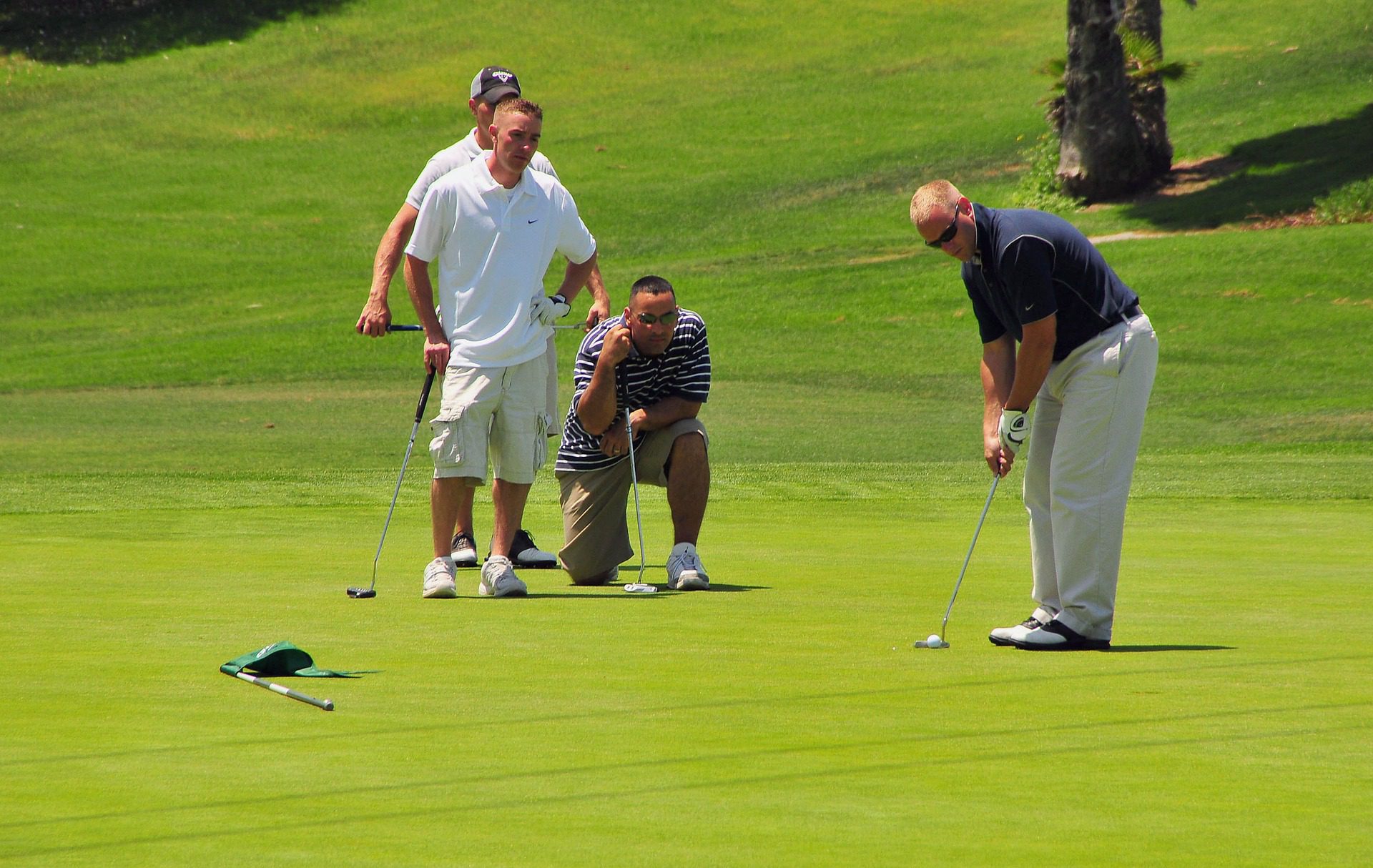
This is because playing from the back tees is more difficult than playing from the forward tees.įinally, a golfer's scores from th eir most recent rounds of golf are used to calculate their Handicap Index. The farther back a player tees off, the lower their handicap will be. The tees played from also affect a golfer's handicap. The higher the course rating and slope rating, the more difficult the course is. The course rating is a measure of the difficulty of the course for a scratch golfer, while the slope rating is a measure of the course's difficulty for a bogey golfer. The difficulty of the course is determined by the course rating and slope rating. The USGA Handicap System takes these factors into account when calculating a golfer's handicap. Several factors can affect a golfer's handicap, including the difficulty of the course, the tees played from, and the player's scores from their most recent rounds of golf.

The result is then rounded to the nearest whole number. The course handicap is calculated by multiplying the player's Handicap Index by the slope rating of the course and dividing by 113. Once a player has a Handicap Index, they can use it to calculate their course handicap for a specific course. Players with a handicap of 0.0 to 9.9 must have at least five scores, while players with a handicap of 10.0 to 19.9 must have at least ten scores. The number of scores required to calculate a Handicap Index varies based on the player's handicap level. To calculate a golf handicap, a player must first obtain a Handicap Index, which is calculated using the player's best scores from their most recent rounds of golf. This system takes into account a player's scores from their most recent rounds of golf, with adjustments made for the difficulty of the course and the tees played from. The USGA Handicap System is used to calculate golf handicaps in the United States. The WHS replaced all other foreign systems from the six worldwide golf associations and has since been adopted by over 119 countries in the world.As you'll see in this article, it's pretty complex, but here's a short summary for those of you wondering. This created the need for a universal single handicapping system for every golf course globally, and the World Handicap System was established in 2020. The USGA system was used across North America, but seeing that five other associations had their respective systems: Britain’s CONGU Unified Handicapping System, Europe’s EGA Handicap System, Golf Australia Handicap System, South African Handicap System, and Argentinian Handicap System, there was confusion, especially in international competitions. The par rating system measures a course’s difficulty based on the average scores of a bogey (average) golfer relative to a scratch golfer. From here the par rating system was born, calculated based on the scores of scratch golfers, the slope rating, and course handicap ratings. In 1911, the USGA introduced its handicap system based on the British three-score average, but upon realizing the system was highly unfair, they set on establishing a better mechanism. The British system involved a three-score average where a golfer’s top three scores during the year would be averaged and then the result subtracted from par. However, the word handicap was applied in golf in the late 19th century when the sport gained traction in Britain. The earliest record of golf handicapping dates back to the late 17th century, in Edinburgh student Thomas Kincaid’s diary. Brief History of The Golf Handicap System Low handicappers range from 9 and below, mid handicappers between 10 and 20, and high handicappers above 20. Beginner golfers start on the farthest end at 36 or 28 and work their way up. An average player is known as a bogey golfer, with a handicap of around 20.

For male players, handicaps are measured from 0 to 28, while female players are handicapped from 0 to 36.Ī scratch golfer has a handicap of 0, and only 2% of golfers attain this fete. Simply put, the lower your handicap, the better a golfer you are. Your handicap is used to adjust your score, allowing you to compete on an equal footing with other golfers, regardless of your skill level. This is a numerical representation of the playing ability of a specific golfer.
#Beginner handicap golf pro
By applying this system, a novice golfer can compete against a pro like Tiger Woods on fair terms. The golf handicap system allows golfers of different skill levels to compete fairly in various formats. This is a way of measuring a golfer’s ability in comparison to other players. Sit tight as we seek to demystify this seemingly ‘tough’ subject. One inevitable question for every golfer is – what is your handicap? Although this is a highly used word in the golf community, many fans and beginner golfers struggle to comprehend what a golf handicap is and how it is calculated.


 0 kommentar(er)
0 kommentar(er)
